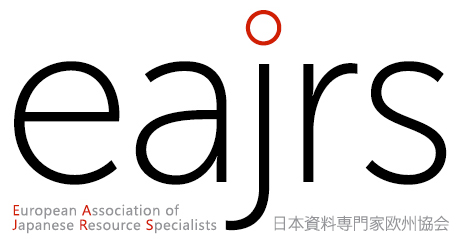Kinokuniya (2024)
紀伊國屋書店 Kinokuniya Company Ltd.

学術電子図書館 KinoDen
紀伊國屋書店の学術電子図書館KinoDen(キノデン)は既に世界で約500機関で導入頂いており、収録タイトル数も2024年7月現在で77,000タイトル以上、随時続々追加されています。
ヨーロッパや北米など日本国外でも既に多くの研究機関や教育機関にてご利用頂いております。
今回のプレゼンテーションではKinoDenの最新情報について、デモを交えつつご紹介させて頂きます。
KinoDen: Digital Library for Academics
